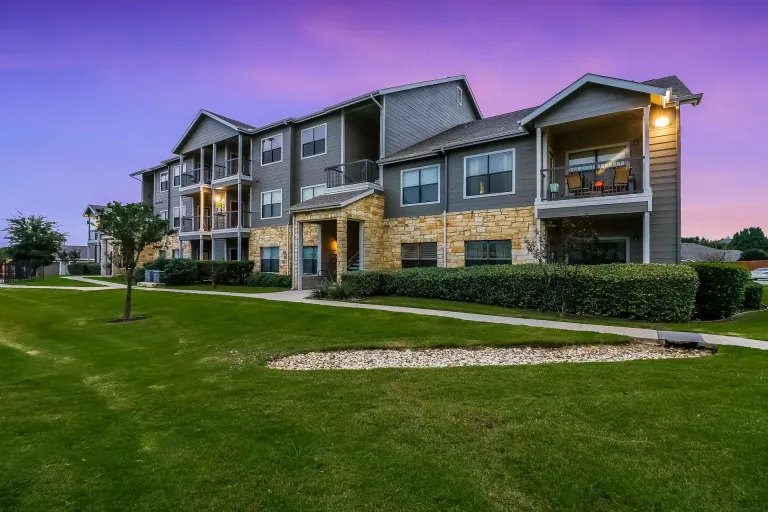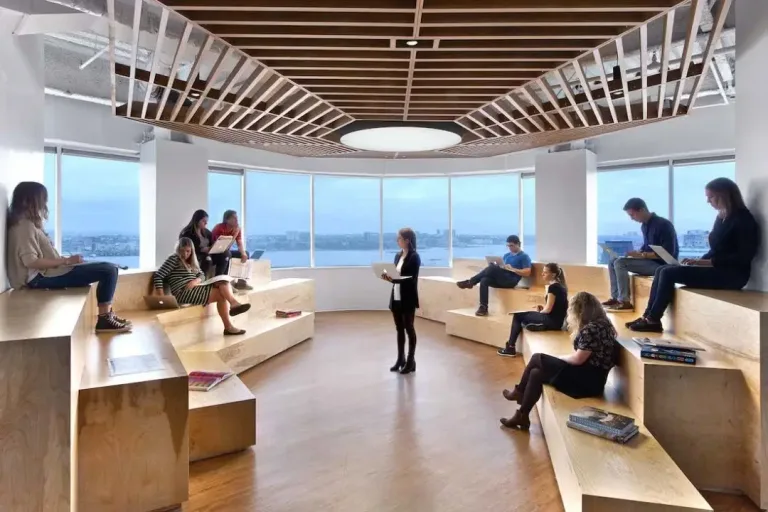What is a “Cap Rate”?
A property’s “cap rate” refers to its capitalization rate. It is one of the most common metrics investors use to analyze a deal’s potential profitability. It looks at the ratio between net operating income and purchase price.
Cap Rate = Net Operating Income / Purchase Price
Cap rates are expressed as a percentage, generally ranging somewhere between 3% to 15% or more.
A property’s cap rate will usually have an inverse relationship to its value. The lower the cap rate, the more valuable the property and vice versa.
How do Cap Rates Impact Values?
Cap rates are a way to value a property’s relative investment return as compared to other investments. For example, annual yields on 10-Year U.S. Treasury bonds had been hovering around 1.5% for several years. Real estate investors who were buying properties at a 5-cap were buying at a 3.5% spread over the Treasury bonds.
As inflation rises, and the rate for relatively risk-free Treasury bonds increases, one would expect cap rates to climb. If the rates for U.S. Treasury bonds are in the 3% range, investors will expect to earn a higher return on “riskier” real estate investments. In theory, we would expect this to push cap rates into the 6-7% range or higher (depending on the asset quality, geography, etc.).
Given the inverse relationship between cap rates and values, this should (again in theory), cause real estate values to come down.
And yet, multifamily property values continue to rise. This is a result of ongoing cap rate compression, something we discuss in more detail below.
What is Cap Rate Compression?
Cap rate compression is a term that refers to what happens when the cap rate for a specific property (or group of properties, like multifamily) is lower than what it has been historically. Cap rate compression is therefore the downward pressure on cap rates, which in turn increases property values.
For example, let’s say you have an apartment building that produces $500,000 in net operating income (NOI). The market cap rate for where the property is located is a 7-cap. The building would be work approximately $7.14 million ($500,000 / 0.07).
Now, let’s say the cap rate comes down to 6%. Assuming NOI remains the same, that same building would now be worth $8.33 million ($500,000 / 0.06). That makes the property worth nearly $1.2 million more without any other material change to the property.
What’s Driving Multifamily Cap Rate Compression?
There are several factors driving multifamily cap rate compression. Much of the compression is a result of the low-interest rate environment that we’ve been in for several years. Typically, rising interest rates will push up mortgage costs, creating downward pressure on property prices.
Interest rates are only now starting to rise, something that may have an impact on cap rates—but may not, depending on several other factors, such as:
- Rising inflation. Multifamily properties tend to perform well in an inflationary environment. This is partially because of the typical 1-year lease structure. Unlike commercial properties that utilize longer-term leases, multifamily properties tend to lease apartments on an annual basis. As leases roll, owners will often increase rents to cover at least the costs associated with rising inflation.
In turn, many investors will often pay more for multifamily properties – i.e., buy them at a lower cap rate – as cash flows and rents in residential real estate are expected to grow year-over-year, especially in an inflationary environment.
- Cost escalation. Labor and material shortages were already becoming widespread pre-pandemic and have only become more pronounced since then. This is causing as-built properties to surge in value because investors feel it’s becoming more advantageous to purchase an existing property than it is to invest in ground-up development.
- Strong investor sentiment. Real estate has typically been considered an alternative asset class, but recently, it has moved into the mainstream. Now, investors of all sizes (individuals, institutions, and more recently, accredited investors with Direct-to-Investor platforms such as HLC Direct) are pouring record capital into the sector. There is especially strong demand for multifamily housing, considered one of the most accessible product types within the CRE sector.
- Higher mortgage rates. While higher mortgage rates can create downward pressure on CRE values, in some cases, they can benefit multifamily investors. This is because higher mortgage rates make it more difficult for would-be buyers to purchase their own homes. Those now priced out of the market will instead turn toward multifamily (as well as single-family rentals and built-to-rent units), which creates more competition for these rentals and in turn, drives prices up. As rents increase, property NOI increases, and therefore even if cap rates rise slightly, it does not necessarily offset the gains made from the increased revenue.
- Rising rents. In many markets, rents have been increasing at a double-digit pace for the past two years. Higher rents mean higher NOI, something that in turn can push cap rates lower. While higher rents directly increase revenue and NOI, the result may also offset any decrease in cap rates.
Is Cap Rate Compression a Good Thing?
Cap rate compression is not necessarily good or bad—it depends on an individual’s outlook and investment strategy. Typically, the longer someone owns a multifamily asset, the more cash flow it will generate as rents inherently rise over time. This will result in a higher cap rate relative to what they paid for the property.
Therefore, cap rate compression can be considered a good thing for existing owners: as cap rates compress, property values increase. Cap rate compression can result in massive gains for a property owner. The more equity someone has in a property, the more of a safety net they have to hedge against rising inflation.
One thing to consider regarding cap rates are their correlation to another factor making front page news lately: interest rates and the cost of debt. When a low interest rate climate starts to experience rising rates, all things being equal, it will cause a similar increase in cap rates which, as discussed before, will cause a reduction in asset values.
Cap rate compression only starts to become a problem if it accelerates to the point where purchasing a multifamily property no longer makes sense—i.e., the yield shrinks so far that the deal no longer pencils out.
Similarly, cap rate compression becomes a problem when the cap rate spreads in smaller secondary and tertiary markets begin to close in on primary markets. In situations like these, there is a risk premium that buyers are not factoring into the price when cap rates are the same or close to a smaller, less liquid market. In primary markets, institutional investors are buying very competitively, pushing a lot of investors to the secondary and tertiary markets, which compounds the problem as the cap rates in these markets compress further as well.
It is important for investors to monitor the cap rate environment closely. Maximizing every dollar from a project’s budget becomes more critical in a low cap rate environment. Multifamily owners and operators need to be sure they are maximizing NOI in order to maintain the property’s value, especially if they purchased that property at a premium.
By all indications, we remain confident that multifamily properties will continue to hold their values for some time. In fact, cap rate compression might continue given the nation’s prolonged housing shortage.
These are trends that we will continue to watch closely to ensure we are maximizing returns for our investors.
Interested in learning more? Contact us today!


